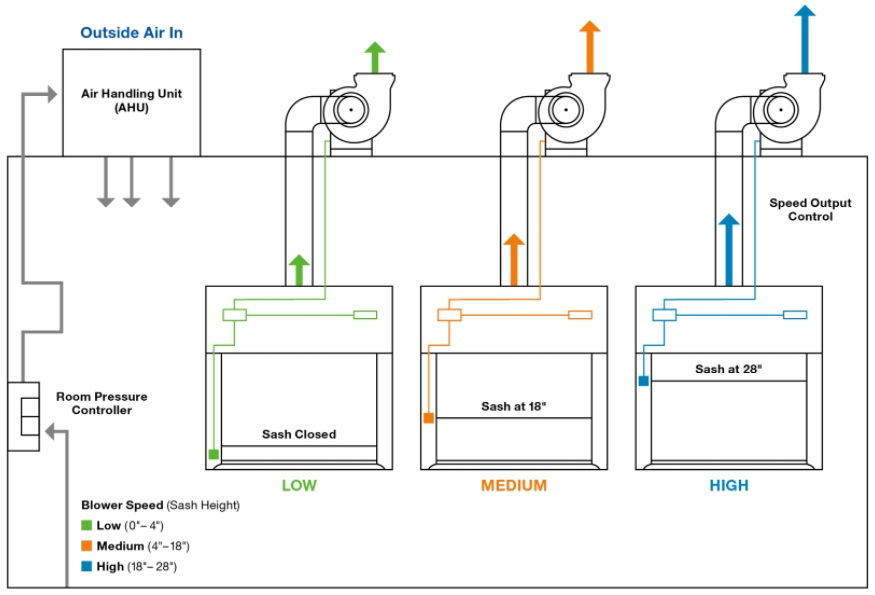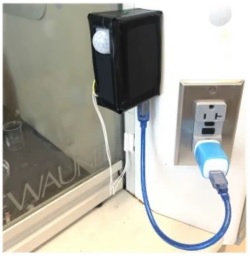
Figure 1

Figure 2

Team 39
Team Members |
Faculty Advisor |
Joshua Desjardins |
Reza Sheikhi Sponsor Pfizer |
sponsored by

Energy Consumption and Efficiency Initiatives for Building 220 and 200
In a pursuit to assess energy consumption of Buildings 220 & 200 (laboratory & office space) at Pfizer’s research and development site in Groton, CT, we investigate the major consumers of electricity, steam and chilled water use. We then identify opportunities for improvement which will translate to a reduction in energy consumption. Pfizer desires to receive a comprehensive report which identifies energy consumption and opportunities for energy efficiency initiatives within Buildings 220 & 200. These energy initiatives will allow Pfizer to reduce the consumption of steam, chilled water and electricity while maintaining a safe and effective workplace that complies with regulatory requirements in both their labs and office buildings. Our group determined initiatives based on the primary usage of each building. Building 220 is lab-based, so our solution is to look at minimizing the energy usage of what draws the most power in a laboratory setting - the fume hood and air handling units which maintain the air quality in the environment. Keeping a laboratory safe and surrounding areas free of potentially contaminated air is of utmost importance, though this process also consumes a great deal of energy. In laboratory buildings, fume hoods can account for upwards of 60% of the total electricity usage and as such are a primary focus of our energy reduction plan. In Building 200, filled with offices, a cafe and gym, our focus is to reduce the plug load of equipment such as computers, printers, and other miscellaneous electronic devices that collectively drain large amounts of power on a daily basis, amounting to upwards of 11% of total energy usage which is largely not necessary and can be lowered without affecting work performance of the employees. Looking at both buildings as a whole, smaller ideas regarding upgrading automation systems such as implementing automatic window shading systems and improved lighting systems, both modern bulbs and occupancy sensing technology,
Our team collaborated with Electrical and Computer Engineering 17 on this project.
